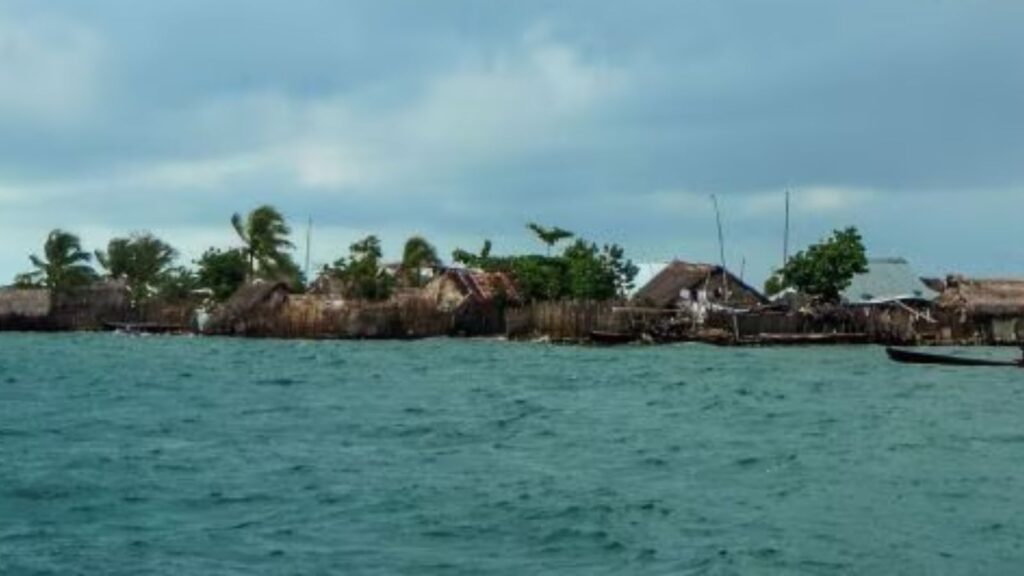Rich and developed countries forced to increase funding to fight climate change, as required by the 2015 Paris Agreement, should ask other high-income countries to share the burden. I am proposing.
Ahead of the annual climate change conference in Baku this November, developed countries have proposed income thresholds that more countries can use to finance climate action.
Responsibility for mobilizing climate change finance lies primarily with the rich countries of around 40 countries named in Annex II of the 1992 United Nations Framework Convention on Climate Change (UNFCCC), the host agreement under which climate change negotiations are taking place. It depends on developed countries. These countries were historically found to be most responsible for greenhouse gas emissions and were economically wealthy. Under the UNFCCC, these countries are obligated to provide “new and additional financial resources” to help developing countries combat climate change.
From 2020 to 2025, developed countries were to mobilize at least $100 billion annually for this purpose. The Paris Agreement calls for this amount to be increased to a more realistic number from 2025 onwards. Some estimates suggest that effective climate action requires trillions of dollars each year.
In Baku, countries will finalize a comprehensive agreement on climate finance with a new target instead of $100 billion. The latest draft of the agreement includes various proposals made for this increase, known as the New Cumulative Quantitative Goals (NCQG) for public finances. The proposed options range from $1 trillion to $2 trillion annually.
The draft also includes the long-overdue expansion of developed countries’ donor base and a list of countries that are obligated to contribute. These countries have argued that it would be unfair to place the entire burden of mobilizing the increased amount on them when the current situation is so different from the situation in 1992, when the UNFCCC was signed. While some countries have become very rich in this process, fighting climate change is a shared global responsibility and countries should also be asked to share the burden.
The draft NCQG document lists several options for criteria that may be used to identify new contributors to climate finance. One option is to include all countries with a per capita gross national income (GNI) above USD 52,000 in purchasing power parity terms. This will also include countries that are not part of Annex II, such as the UAE, Qatar, and Singapore.
Another option proposes to include the top 10 emitters with a per capita GNI of USD 20,000 in PPP terms. If this standard were applied, China would also be included. Yet another option discusses including all countries with historical and current per capita emissions exceeding 250 tonnes of CO2e and with per capita GNI in PPP terms exceeding USD 40,000.
The draft proposal proposes that low-income countries, least developed countries, small island developing States, and countries involved in conflict situations be explicitly excluded from financial responsibility.
The draft document is expected to undergo several changes in the run-up to and during COP29, which begins on November 11 in the capital of Azerbaijan.
An expected outcome of COP29, the NCQG agreement addresses issues such as transparency of financial flows, clarity on what constitutes climate finance, and the proportional allocation of finance to specific needs such as mitigation, adaptation, and loss and damage. will also be undertaken.

